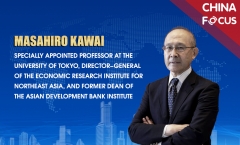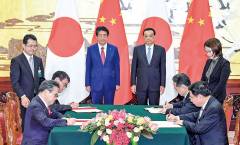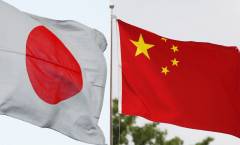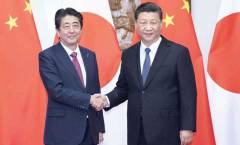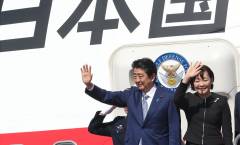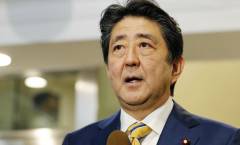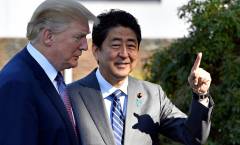China-Japan ties will thrive in the future, Kazuo Ogura, former Japanese ambassador to France, said in his speech at this year’s Beijing-Tokyo Forum in mid-October. His words represent the aspirations of insightful Japanese people for continued friendship between the two countries. After nearly a decade of “chill”, China-Japan ties took a turn for the better this year. In early May, Chinese Premier Li Keqiang paid an official visit to Japan; in late October, Shinzo Abe made the first visit to China by a Japanese prime minister in seven years. A commentator seeking an appropriate metaphor for this resumption of high-level visits described it as pressing the “reset button” for healthy development of China-Japan relations. Abe’s China visit occurred at particularly symbolic moments, described in Chinese as the three “coincidences.” First, this year marks the 40th anniversary of the signing of the China-Japan Treaty of Peace and Friendship. Second, it is also the 40th anniversary of China’s reform and opening up. Third, the visit took place at the very moment when escalating trade tensions between China and the United States were creating changes in the world geopolitical landscape. By calling them three “coincidences”, the author employs exaggeration to make the article more appealing. Actually, as the English poet Alexander Pope (1688-1744) once observed: “all chance, direction, which thou canst not see”. […]
China & The World CHINA.ORG.CN
Oct 29, 2018

